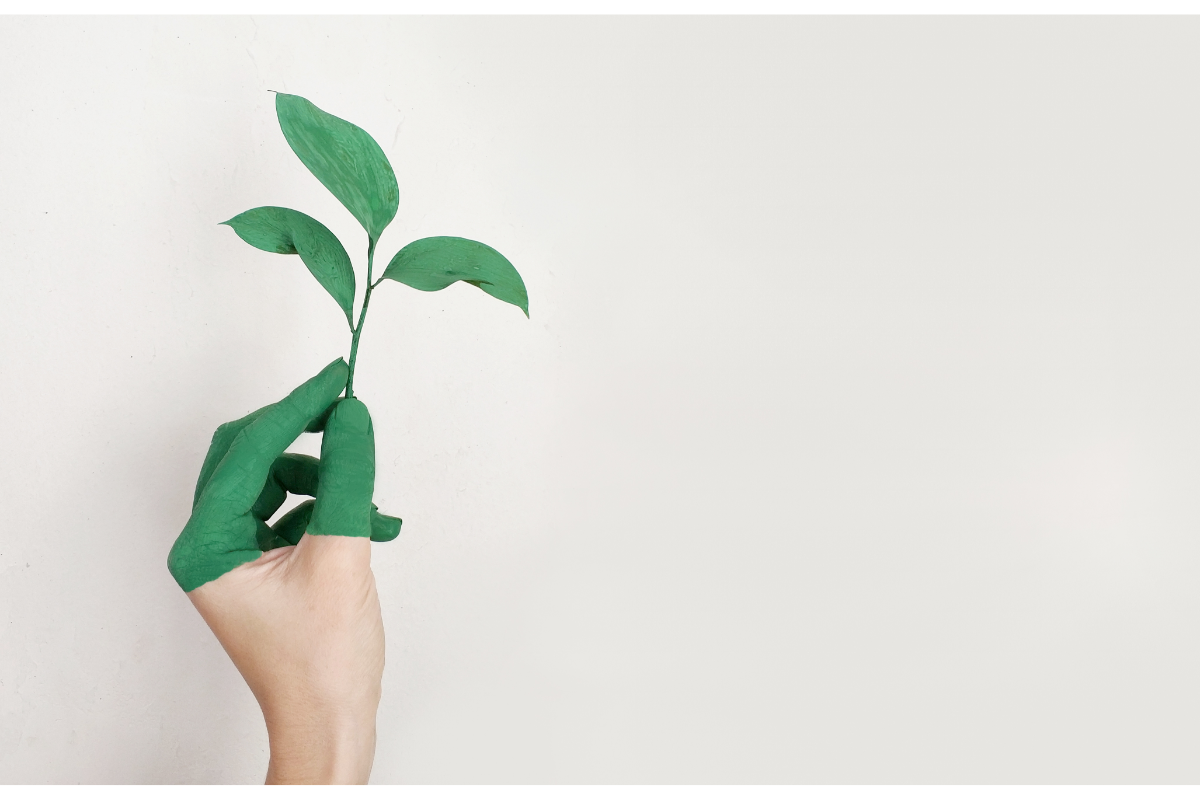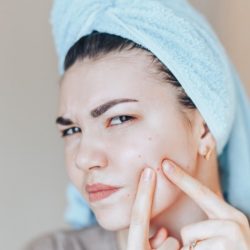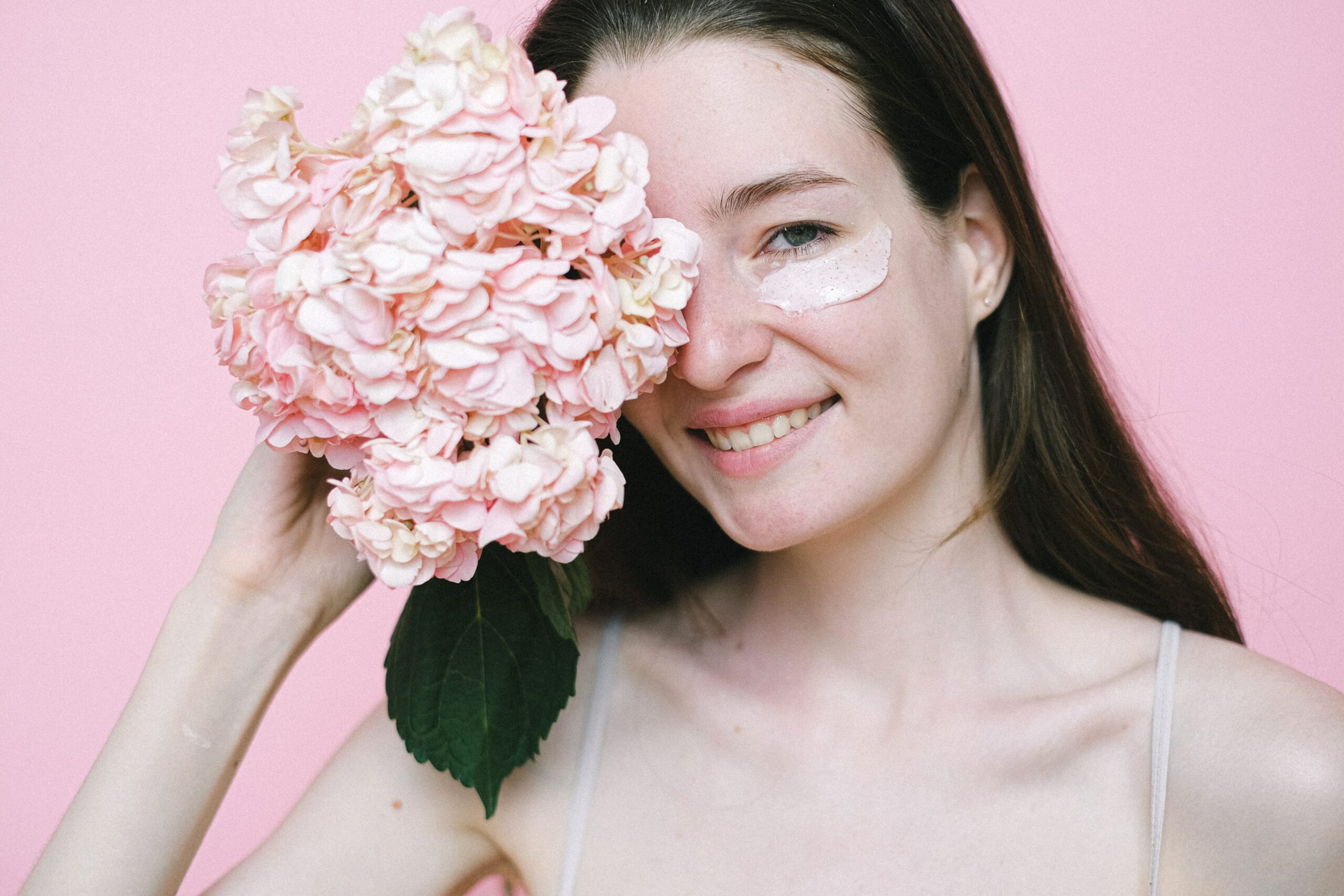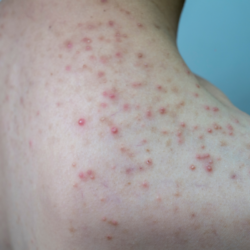If you’re a fan of Korean-style skincare (aka K-beauty), you’ve probably heard of Centella asiatica. In fact, it’s known by various names, including Brahmi, asiatica, tiger herb and Gotu kola. The term “Cica” certainly sounds familiar, doesn’t it?
Centella Asiatica & Skin health
Centella asiatica is a plant native to Asia that has been used for centuries for its medicinal virtues. It is also known as “gotu kola” in India, “takip-kohol” in the Philippines and “pegagan” in Indonesia. In this article, we’ll explore the benefits of centella asiatica for skin health and how to use it in our skincare routine.
What is centella asiatica?
Centella asiatica is a creeping perennial plant that grows in tropical Asia, particularly in India, China and Malaysia. It belongs to the Apiaceae family and is also known as Centella asiatica or Hydrocotyle asiatica.
Centella asiatica has been used for centuries in Ayurvedic medicine for its healing properties. It is also used in traditional Chinese and Indonesian medicine.
Properties of the plant
- Accelerates healing of superficial wounds (asiaticoside) and diabetic wounds, accelerates healing of burns through antioxidant action, stimulates collagen biosynthesis and angiogenesis
- Anti-diabetic through inhibition of carbohydrase, anti-hyperglycaemic
- The combination of Pycnogenol and Centella asiatica improves the stability of atheromatous plaques, especially the triterpene-rich fraction of Centella asiatica, without tolerance problems or adverse effects [9]
- Stimulating effect on the reticuloendothelial system, modulation of TNF-alpha
- Improves memory and learning
- Neuroprotective (brain lesions) against neurodegenerative diseases, especially Parkinson’s disease
- Anxiolytic
- Antiulcer
- Anti-tumour properties, apoptosis inducer and synergy with vincristine
Centella action on the skin
Centella asiatica can provide a number of benefits for skin health thanks to several of its active ingredients.
These include madecassoside,madecassic acid,asiaticoside andasiatic acid: active ingredients known to help the skin heal. The action of these ingredients increases the amount of collagen and fibronectin in the skin. The natural antioxidant and anti-inflammatory compounds and carbohydrates naturally present in Gotu kola help to support the skin’s hydration process. What’s more, they have a strong anti-ageing effect.
As a result, manufacturers often include Centella in moisturisers for dry, sensitive skin.
Healing and burns
Centella asiatica, commonly known as Gotu Kola, is recognised for its exceptional properties in the treatment of wounds, skin infections, burns and hypertrophic scars. This medicinal interest is mainly due to the presence of powerful triterpene compounds in the plant, such as asiatic acid,madecassic acid,asiaticoside and madecassoside.
Action of terpenoids on the skin
Terpenoids, an important class of chemical compounds found in Centella asiatica, play a crucial role in the healing process. They stimulate a significant increase in the percentage of collagen and fibronectin in the cell layer. Collagen, particularly type I collagen, is essential for skin repair and resistance, while fibronectin is a glycoprotein that promotes cell adhesion and tissue healing.
Stimulation of scar maturation
The increased production of collagen induced by terpenoids helps to structure the extracellular matrix, facilitating the maturation of scars. This maturation is necessary to transform a scar into a more organised and less visible tissue, thus visually and physically reducing the impact of hypertrophic scars and burns.
Reduced inflammatory response
In addition to its effects on collagen, Centella asiatica effectively reduces the inflammatory response. As inflammation is a major component of the healing process, managing it properly can prevent complications such as over-healing or the formation of keloid scars, which are often more difficult to treat.
Decreased production of myofibroblasts
Another beneficial aspect of Centella asiatica’s action is its ability to regulate the production of myofibroblasts. These cells, which play a key role in the retraction and closure of wounds, can, when over-active, lead to retractile or hypertrophic scars. By modulating their activity, Centella asiatica helps to maintain the balance required for optimal healing without excess contraction or fibrosis of scar tissue.
Acne and Centella asiatica
Although Centella asiatica, often called tiger herb, is not officially recognised as an anti-acne agent, its properties can play a significant complementary role in the treatment of acne. The soothing effects of this plant are particularly beneficial in synergy with other dermatological active ingredients targeting the specific causes of acne.
Soothing and anti-inflammatory properties
Centella asiatica’s ability to soothe inflammation is crucial to the treatment of acne, which is often exacerbated by an excessive inflammatory response around the sebaceous glands. By reducing this inflammation, Centella asiatica helps to minimise the redness and swelling associated with acne lesions, creating a more favourable environment for healing.
Synergy with anti-acne active ingredients
When combined with anti-acne drugs, such as those targeting the P. acnes bacterium – the cause of many cases of acne – Centella asiatica can boost their effectiveness. By soothing the skin, it allows the anti-inflammatory and antibacterial active ingredients to penetrate better and act at the heart of the infected hair follicles.
Regeneration of the skin barrier
Another benefit of Centella asiatica in the context of acne is its ability to regenerate the skin barrier. A healthy skin barrier is essential to defend against pathogens and environmental irritants that can aggravate acne. By strengthening this barrier, Centella asiatica not only helps to protect the skin against new infectious agents, but also helps to maintain skin hydration, which is crucial to skin health.
Support for damaged skin
Centella asiatica’s overall action on damaged skin goes beyond the treatment of acne. It is beneficial for all skin showing signs of stress or damage, including chronically dry or irritated skin. This ability to universally support and improve skin health makes it a valuable addition to any skincare regime, especially for acne-prone skin.
The benefits of Centella on photo-ageing
Centella asiatica is increasingly recognised in the field of cosmetology as an effective agent against photoageing. This is undoubtedly due to its role in strengthening type I collagen, a protein vital for the health and elasticity of the skin. It is well established that the amount of collagen in the skin naturally decreases with age, contributing to the visible signs of ageing.
Impact on collagen
Type I collagen is the most abundant in the human body and plays a crucial role in the structure and firmness of the skin. Exposure to UV rays, the main factor in photoageing, degrades this collagen, leading to a loss of elasticity and the appearance of wrinkles. Thanks to its bioactive compounds, Centella asiatica helps to counter this process by stimulating collagen synthesis.
Results of clinical trials
The beneficial effects of Centella asiatica on photoageing were demonstrated in a double-blind clinical trial. In this trial, participants’ skin was analysed photographically following topical application of 0.1% madecassoside combined with 5% vitamin C. These ingredients are known for their antioxidant and regenerative properties.
Improvements observed
After six months’ treatment, significant improvements were noted in skin firmness,elasticity and hydration. These results demonstrate not only the effectiveness of Centella asiatica as an anti-photo-ageing treatment, but also its ability to restore the skin’s functional properties affected by UV exposure.
Mechanisms of action
The combination of madecassoside and vitamin C works synergistically to protect the skin against UV-induced oxidative stress, while stimulating collagen production. This mechanism of action helps to maintain the skin’s structural integrity, reducing the effects of ageing accelerated by sun exposure.
Is Gotu kola effective in relieving sunburn?
Gotu kola is a plant that is often used in traditional medicine to treat a variety of ailments, including skin problems. Sunburn is a common skin condition that can be painful and uncomfortable. So, is centella asiatica effective in relieving sunburn?
There is limited scientific evidence on the effects of Centella asiatica in treating sunburn. However, some research suggests that this plant could help relieve the symptoms associated with sunburn.
This plant contains active compounds such as triterpenes and saponins, which have anti-inflammatory and antioxidant properties. These properties can help reduce inflammation and protect the skin from damage caused by free radicals, which are produced during exposure to the sun. In addition, it can help stimulate collagen production in the skin, which can promote healing of skin lesions. Sunburn can cause damage to the skin, leading to lesions and flaking. By stimulating collagen production, gotu kola may help repair damaged skin and promote faster healing.
Although research into the effects of Gotu Kola to treat sunburn is limited, this plant has been used for centuries to treat a variety of skin problems. It can be taken as a dietary supplement or applied topically as a cream or lotion. However, it is important to note that centella asiatica should not be used as a substitute for effective sun protection methods such as using sunscreen and avoiding peak hours of sun exposure.
Soin & Nature’s favourite products
- The Cicaplast range from Laroche Posay
- Fadiamone face cream
- Cytolnat Centella soothing cream
- Cytolrose AR soothing cream
- Weleda redensifying elixir
- Martiderm pure mask
- Propolia redensifying serum
- Jonzac Cica cream
FAQs
Q : Can centella asiatica help treat acne? A : Yes, Centella asiatica has anti-inflammatory and healing properties that can help reduce skin inflammation caused by acne.
Q : Can pregnant women use products containing centella asiatica? A: Although there are not enough studies on the use of centella asiatica during pregnancy, it is preferable to consult your doctor before using products containing centella asiatica.
Q: Can Centella asiatica help to reduce the appearance of stretch marks? R: Yes, centella asiatica can help reduce the appearance of stretch marks thanks to its healing and moisturising properties.
Q: Can Centella asiatica help reduce the appearance of wrinkles? R : Yes, Centella asiatica can help reduce the appearance of wrinkles thanks to its ability to stimulate collagen production, which improves skin elasticity.
Q : Can Centella asiatica be used to treat burns? R : Yes, Centella asiatica can be used to treat minor burns thanks to its healing and anti-inflammatory properties.
Sources:
- https://www.hindawi.com/journals/ecam/2021/5462633/
- https://www.ncbi.nlm.nih.gov/pmc/articles/PMC7784944/
- https://www.ncbi.nlm.nih.gov/pmc/articles/PMC3834700/
- https://www.ncbi.nlm.nih.gov/pmc/articles/PMC3834700/
- https://www.ncbi.nlm.nih.gov/pmc/articles/PMC4852572/





